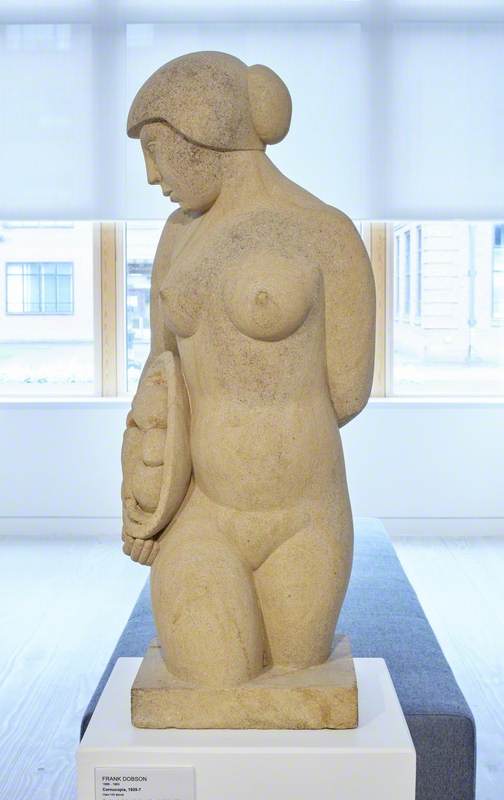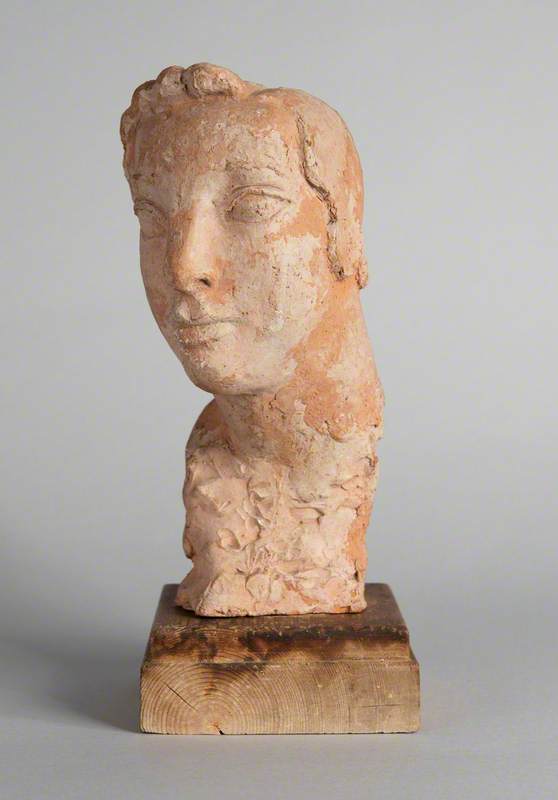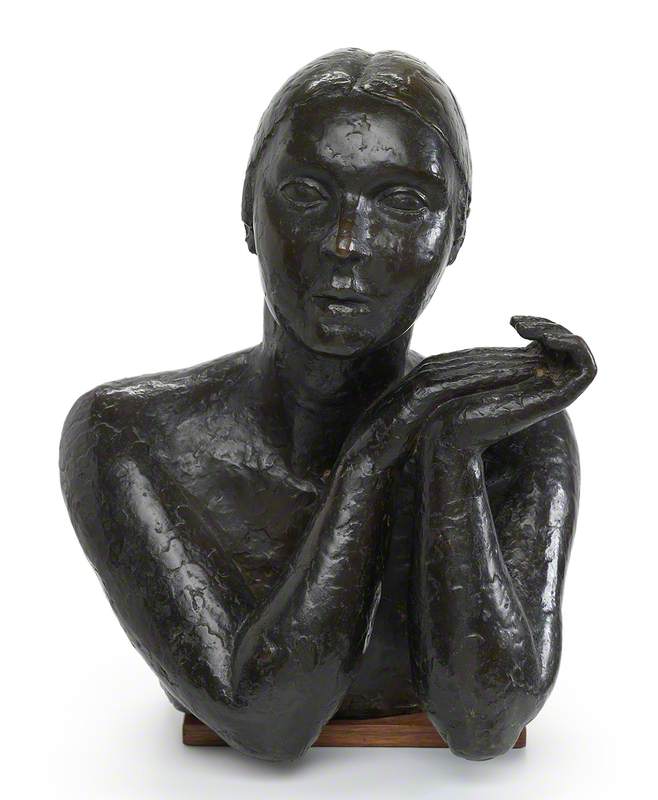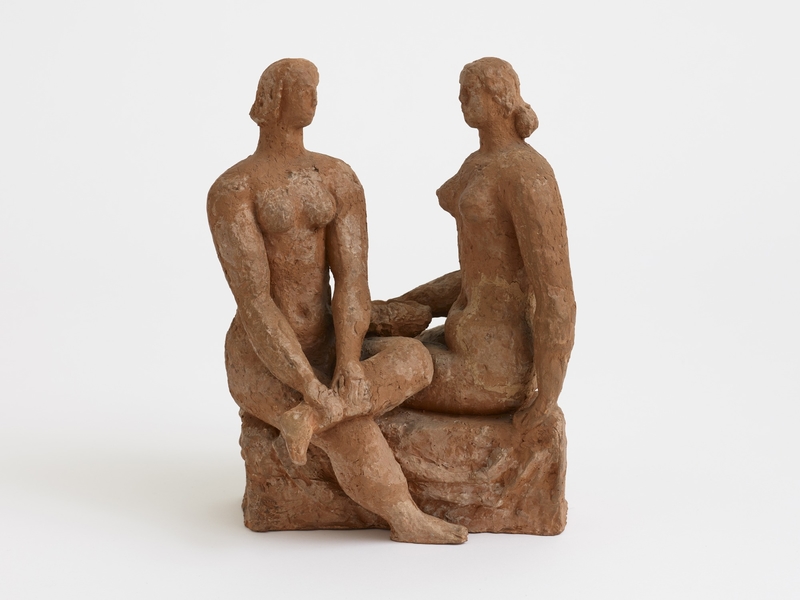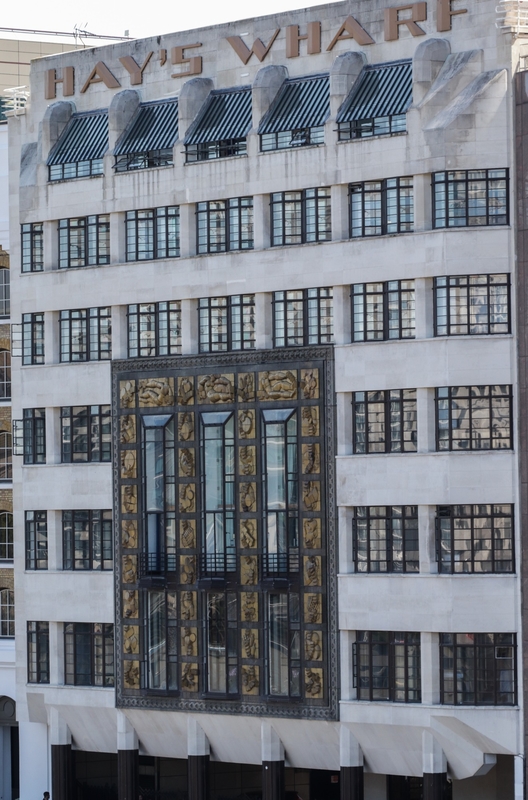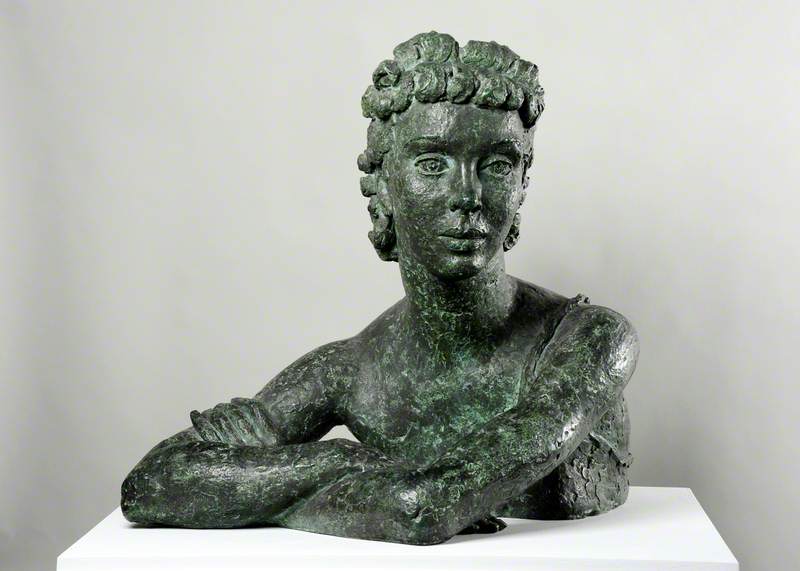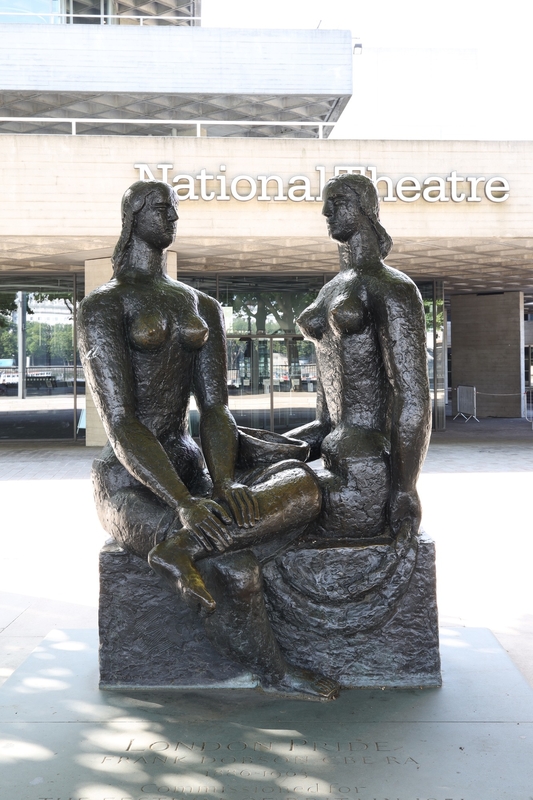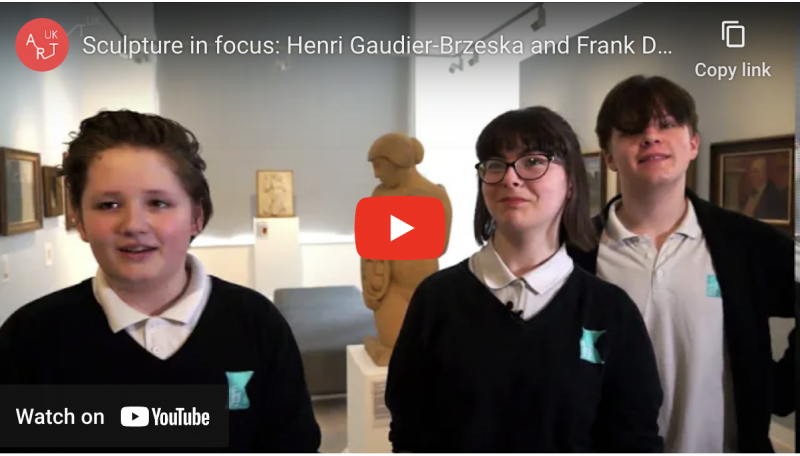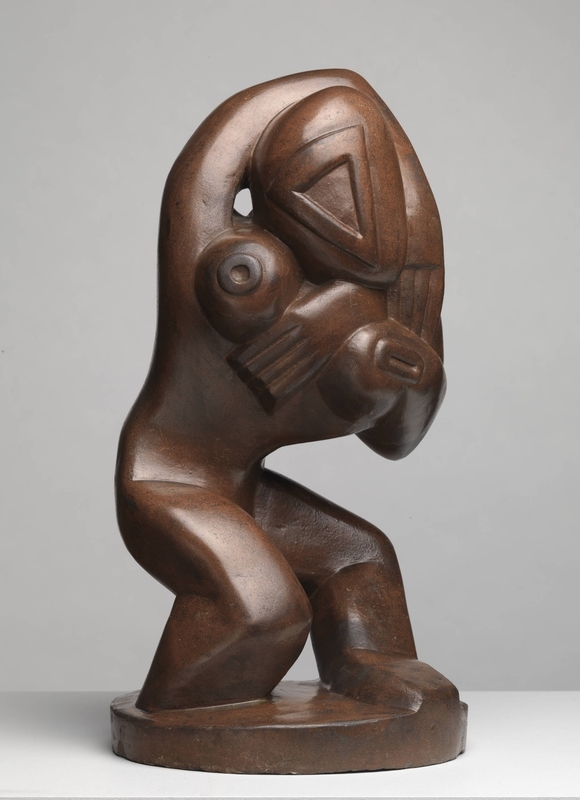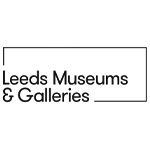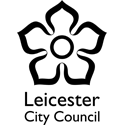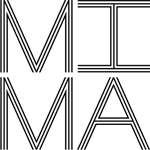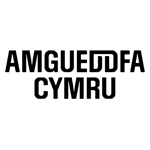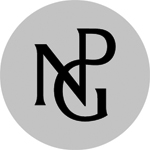Frank Owen Dobson [commonly known as Frank Dobson] was born in London, England on 18 November 1886. He initially trained with his father, Frank Dobson (1857-1901), a commercial artist. In 1898, aged eleven, he won an art scholarship to Leyton Technical School, which he attended part-time. Following the death of his father in 1901 [1] he lived with an aunt in Hastings, Sussex. He also attended briefly evening classes at Hastings School of Art, before moving back to London, where he worked in the studio of the sculptor Sir William Reynolds-Stephens (1862-1943) from 1902 to 1904. After a period living in Devon and Cornwall, Dobson secured a scholarship to continue his studies at Hospitalfield Art Institute in Arbroath, Scotland from 1906 to 1910. He then returned to London and attended the City & Guilds School from 1910 to 1912.
During World War One Dobson served with the Artists' Rifles. Prior to the war Dobson worked primarily as a painter, and his first solo exhibition held at the Chenil Galleryin London, in 1914, consisted of paintings and drawings. However, following the war he switched almost exclusively to sculpture and subsequently established a reputation as one of Britain's leading figurative and portrait sculptors. With Wyndham Lewis, William Roberts and Edward Wadsworth, he was a member of the short-lived Group X and exhibited with them in London in 1920. During the 1930s Dobson also worked as an advertising and textile designer. He designed advertising material for Shell and B.P., including a lorry bill/poster, 'The Giant, Cerne Abbas' (1931) for Shell, and a press advertisement for B.P. Plus (1932). His textiles fall mainly into two distinct categories: those commissioned and manufactured by Allan Walton Textiles in the early 1930s, and hand-blocked fabrics designed by Dobson and printed by his wife, Caroline Mary Dobson (née Bussell, 1904-1989), which were produced later in the decade. During World War Two, Dobson received official commissions for drawings and portrait busts of Admiral Sir William Milbourne James KCB (1941) and Chief Petty Officer Harris John Whitehorne DSM (1941).
Dobson began exhibiting at the Royal Academy in London in 1933 and continued to do so frequently until 1964, the year after his death. He also exhibited at Agnew & Sons Gallery, Brook Street Art Gallery, Arthur Tooth & Sons Gallery, Cooling & Sons Gallery, Goupil Gallery, Leicester Galleries, New English Art Club, Redfern Gallery, Royal Institute of Painters in Water Colours, and at the Royal Society of Painters in Water Colours in London; Walker Art Gallery in Liverpool; Royal Scottish Academy in Edinburgh; and at the Royal Hibernian Academy in Dublin.
Between 1946 and 1953 Dobson was Professor of Sculpture at the Royal College of Art in London. He was elected an Associate of the Royal Academy (ARA) in 1942; a Royal Academician (RA) in 1953. He was also elected a member of the London Group in 1922 and was its President from 1924 to 1926.
Notable among Dobson's commissions were the 'Woman and Fish' and 'London Pride' sculptures for the Festival of Britain (1951); an engraved glass goblet entitled ‘The Wave’ for Steuben (1954); a statuette for the Evening Standard drama awards (1955); and a clock for the façade of Sir Albert Richardson's Bracken House in Cannon Street, London (1959). He also made the backdrop for the first performance of William Walton's Façade at the Aeolian Hall in London, on 12 June 1923.
Dobson died in London on 22 July 1963. His address at the time of his death was 4 Stamford Bridge Studios, Chelsea, London
_____
[1] His year of death is usually given as 1900, however, his name is recorded in the 1901 England and Wales census]
Text source: Art History Research net (AHR net)
